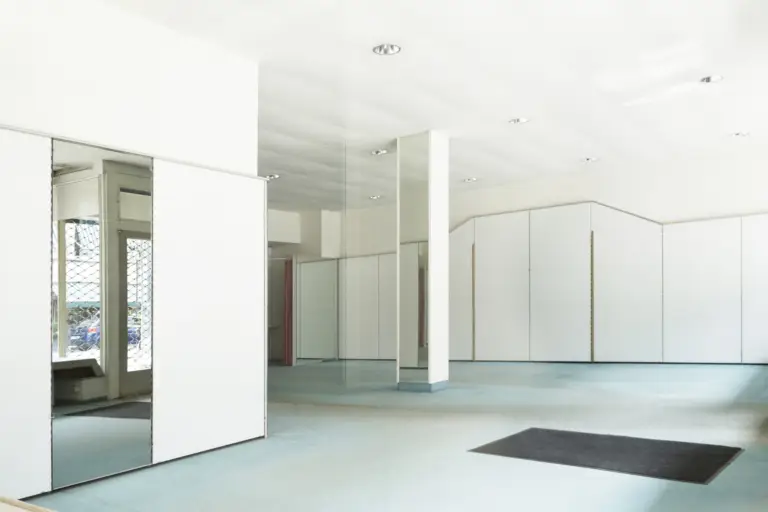Enhancing and renovating commercial constructions not only revitalize the aesthetics of a space but also improve its functionality and appeal to customers and employees. In this blog, we will explore key strategies for enhancing and renovating commercial constructions, elevating their potential and ensuring an environment that drives business success.
To view AH Construction’s projects click HERE
1. Comprehensive Assessment:
Before embarking on any improvement project, a thorough assessment is essential. Analyze the current state of the building, identify areas that need attention, and set clear goals for renovation. Fully understanding the needs and challenges allows for a more effective approach during the renovation.
2. Functional and Attractive Design:
Collaborating with architects and designers to create a functional and attractive space is crucial. Modern aesthetics and efficient layout can enhance the customer experience and employee productivity. Incorporating relaxation areas, proper lighting, and ergonomic design are elements to consider.
3. Technology Upgrade:
Integrating updated technology enhances operational efficiency and the customer experience. This could include modern point-of-sale systems, automation solutions, and advanced security technologies. Investing in technology can have a significant impact on competitiveness and efficiency.
4. Energy Efficiency:
Improving energy efficiency is not only environmentally responsible but can also reduce long-term operating costs. Updating lighting systems, heating, ventilation, and air conditioning (HVAC) with more energy-efficient options contributes to a sustainable and cost-effective environment.
5. Space Flexibility:
Designing flexible spaces that adapt to changing business needs is essential. Versatility in space layout allows for adjustments according to market demands and facilitates future expansions or reconfigurations.
6. Customer Experience Enhancement:
Renovation can also focus on enhancing the customer experience. From entrance to service areas, attention to details such as clear signage, customer comfort, and accessibility contributes to a positive experience that fosters loyalty.
7. Environmental Sustainability:
Integrating sustainable practices into the renovation, such as choosing eco-friendly materials and efficient waste management, benefits not only the environment but can also attract consumers committed to sustainability.
Enhancing and renovating commercial constructions are strategic investments that can revitalize a space, improve operational efficiency, and attract customers. From design to implementation, each step should be carefully planned to ensure the success of the project and maximize its positive impact on the business.
To view AH Construction’s projects click HERE




